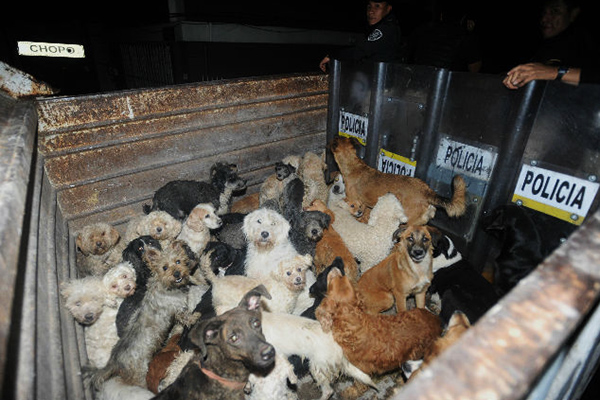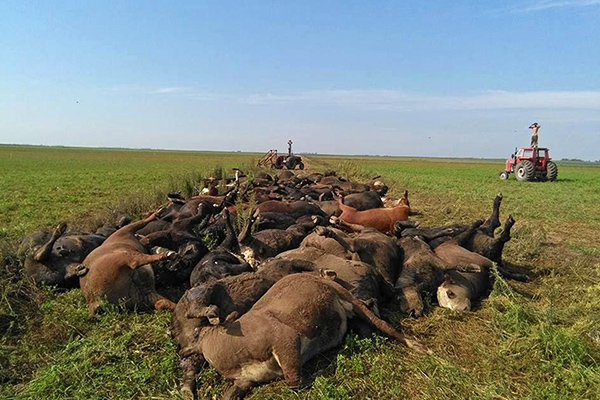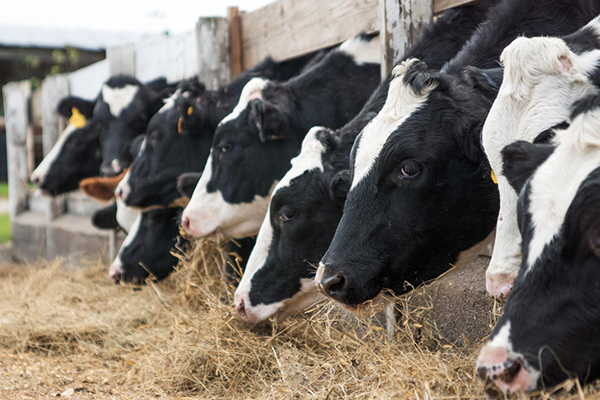Environmental factors such as temperature, humidity, and housing conditions play a critical role in the health and well-being of both livestock and companion animals. Exposure to extreme conditions can cause stress, weaken the immune system, and lead to long-term health problems. Understanding how to create optimal environments is essential to ensuring the physical and mental well-being of animals.
1. Heat stress
Heat stress is caused by various pathological effects that occur when excessive heat accumulates in the body. Animals are vulnerable to heat stress when ambient temperatures exceed their thermal comfort zone. Common signs include increased respiratory rate, increased heart rate, and increased body temperature, all accompanied by reduced feed intake and growth.
Heat stress directly impairs immune response, reducing disease resistance and potentially leading to health crises.
How to prevent it:
- Provide shade, ventilation, or cooling systems in homes.
- Limit workload or handling during the hottest hours of the day; for example, avoid herding animals at midday.


2. Stress due to poor housing conditions or overcrowding
Inadequate space, poor ventilation, and overcrowding (accumulation of individuals) increase stress in animals and trigger negative behaviors such as aggression or restlessness.
These environments also contribute to digestive, respiratory, and metabolic problems, which negatively affect growth and reproduction.
Key improvements:
- Ensure sufficient space per animal.
- Optimize housing with clean and well-ventilated stables.
3. Environmental enrichment
Animals in captivity, whether pets, zoo residents, or livestock, benefit from behavioral enrichment. These stimuli encourage natural behaviors, reduce stress, and promote psychological health.
Common examples:
- Toys, puzzles, or forage-based enrichment for pets.
- Access to vegetation or natural structures in grazing animals to encourage exploration and natural behaviors.


4. Broader Environmental Impacts on Animal Health
Long-term environmental factors—like climate change, humidity shifts, and habitat degradation—affect forage quality, reproductive efficiency, and disease susceptibility. For example, fluctuating temperatures can reduce feed availability and disrupt growth.
Heatwaves and rising temperatures impair milk yield, reproductive success, and livestock survival—some regions experiencing up to 50% milk production loss.
_
 My Account
My Account


 Categories
Categories











 Visita Nuestra Página en Español
Visita Nuestra Página en Español